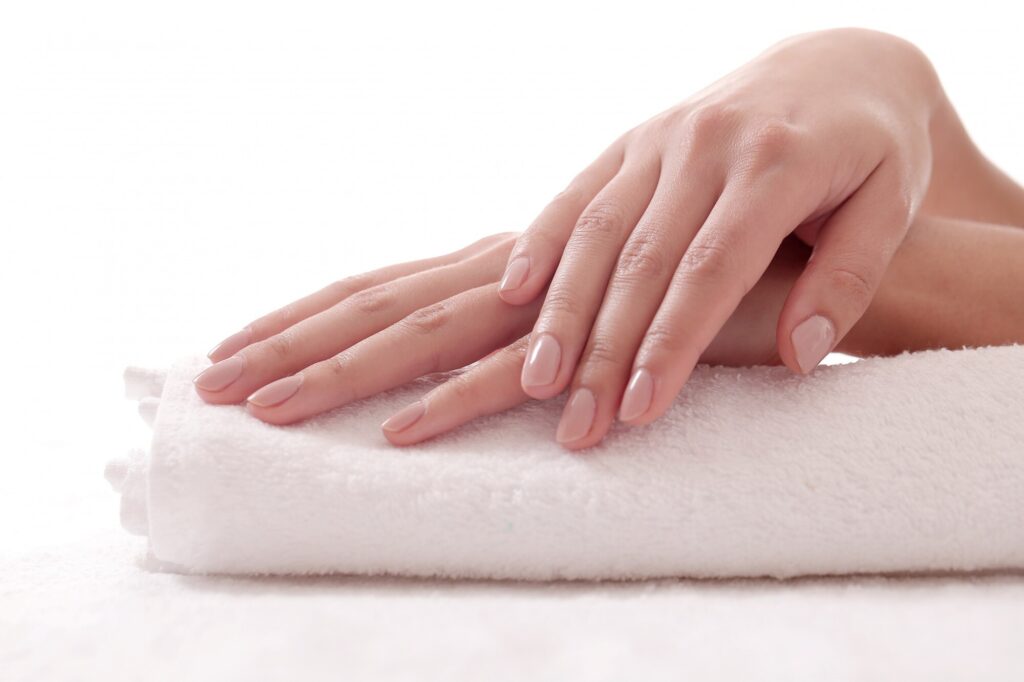While manicures can cover any bumps or ripples on your nails, shiny polish cannot hide the sickness that may be hidden within your body.
Your overall health is reflected in your nails, so any abnormalities could be a sign of a heart, liver, or lung problem.
When our nails change, it can be a sign of several diseases or simply a reflection of aging. Our nails often provide a window into our interior health.
The National Library of Medicine (NCBI) states that while stripes on nails can be innocuous, ridges on “nails may also provide an insight into more sinister systemic manifestations,” signifying underlying medical conditions.
Source: Freepik
The many types of nail stripes, their potential significance, and whether to consider seeking medical attention will all be covered in this piece.

The many types of nail stripes, their potential significance, and whether to consider seeking medical attention will all be covered in this piece.
Nail Stripe Types
Stripes that are vertical
Typically, common longitudinal striations—also referred to as vertical stripes—run from the cuticle to the tip. Nail ridges are commonly associated with aging since they can become more prominent as people age.
Sometimes, they could indicate nutritional deficiencies, such a lack of certain vitamins or minerals (iron, magnesium, or vitamin B12).
Vertical ridges associated with aging are common and mostly innocuous. However, if conditions like anemia or thyroid issues appear more suddenly or become more obvious, it may be worth checking for them.
Stripes that are horizontal
Horizontal grooves or stripes could indicate more specific medical conditions.
Beau’s lines, which are horizontal indentations, can be caused by physical trauma to the nail or by serious medical problems such as diabetes mellitus, heart attacks, respiratory issues, or malnourishment.
The emergence of these ridges is often linked to times of severe stress or illness because the body may momentarily slow down or stop nail growth.
If the grooves grow “abruptly, [it] indicates a sudden attack of disease,” according to the NCBI.Additionally, it is “typically the consequence of systemic disease such as mumps, pneumonia, coronary thrombosis, Kawasaki disease, syphilis, and hypoparathyroidism” when it appears on all 20 nails.
White Stripes
Problems with the liver or kidneys may be indicated by white, parallel horizontal lines that do not indent the nail surface. These lines, sometimes referred to as Muehrcke’s lines, usually form on multiple nails simultaneously and tend to briefly vanish when the nail is squeezed.
A decline in blood protein levels, particularly albumin, can also result in these white streaks, which are commonly seen in patients with chronic liver disease or malnutrition.
If Muehrcke’s lines show up on multiple nails, consult a physician as this may be a sign of protein deficiencies or liver or kidney problems.
“Unhealthy eating habits”
Most people have ripples, which can be avoided by buffing or adopting a healthy lifestyle.
Over time, nails can look better with a well-balanced diet high in protein, vitamins, and minerals like zinc, iron, vitamin E, and biotin.
“Nail health is most often an indicator of poor nutritional intake or poor digestion,” says Dr. Sara Norris, a Los Angeles-based naturopathic physician, in an interview with Healthline.
According to her, “the most frequent issues I see in my practice are blistered, weak, and peeling nails, and these symptoms are more often the result of a poor diet than of systemic disease.”
Your nails are giving you vital health information, ranging from harmless signs of aging to potential indicators of underlying illnesses. Although most of the causes are easy to fix, they are a surefire indicator of poor health, so pay attention to what they have to say!

Leave a Reply